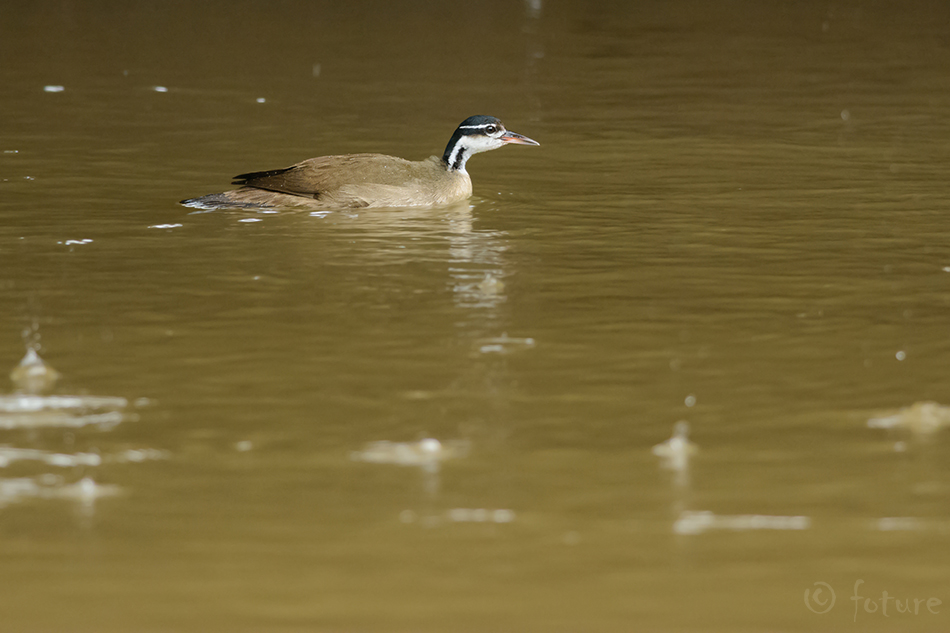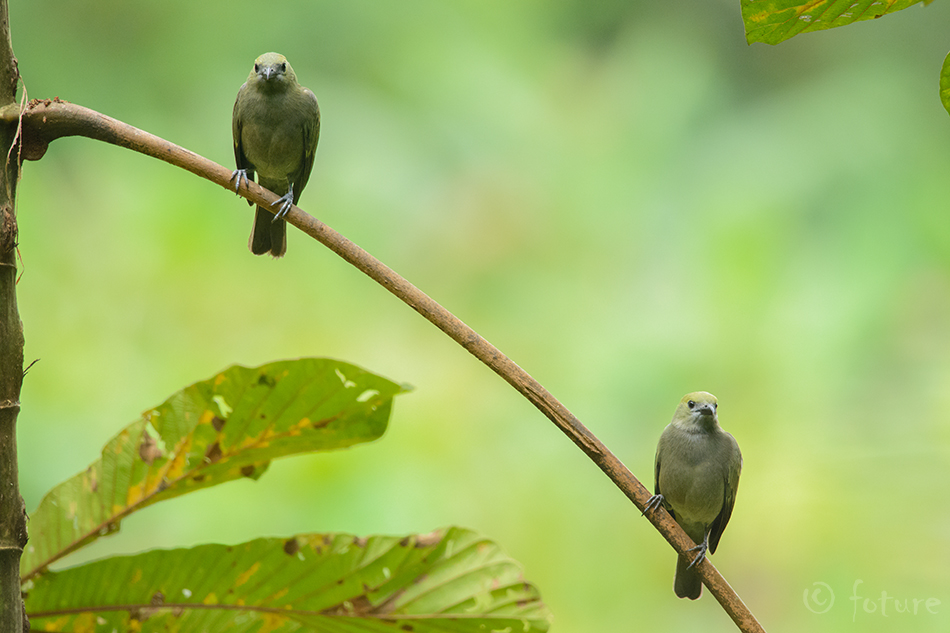

Ameerika redulind on troopilise Ameerika veelind, kes on eluviisilt
üpris arg. Elutseb ta soodes ja rabades, hoides ujudes võimalusel
taimestiku varju. Redulinnu eripäraks on see, et isaslindudel on tiibade
all taskud, milles ta transpordib oma poegi. Vajadusel nii ujudes kui ka
lennates. Tegemist on unikaalse lahendusega, mida pole ühelgi teisel
linnuliigil. Fotod tehtud vihmasel Frio jõel, Caño Negro märgalal, Costa
Ricas.
Sungrebe or American finfoot is an aquatic bird of the tropical
America that is quite shy by nature. Its habitats are usually swamps
and marshes where it keeps itself in the protective cover of
vegetation if possible. The unique feature of sungrebe is the fact
that the male bird has pouches or pockets under the wings where it can
carry chicks. During swimming or even flight. That is the feature that
no other bird in the world has. The photos are taken on a rainy Frio
river in Caño Negro Wildlife Refuge, Costa Rica.








































